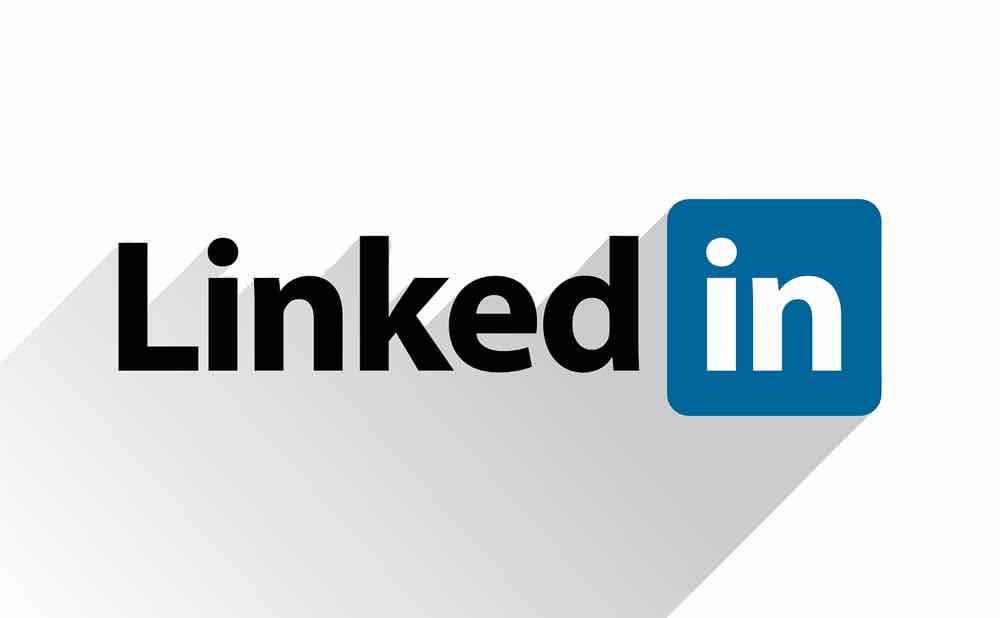LinkedIn is an often overlooked part of the management consulting application. A candidate might spend hours on their resume and cover letter but put little thought into their LinkedIn profile other than a profile picture and a cheesy blurb in the “about” section.
LinkedIn is actually a key part of the management consulting application. Although it may be less important than a resume, it is a crucial way to sell yourself as a qualified candidate.
While some candidates with a weak LinkedIn profile have received offers from consulting firms, a lackluster image on the platform can mean the difference between an interview invitation and being passed up based on lack of professionalism. The last thing you want is to be notified by LinkedIn that a consultant or partner has viewed your profile, only to receive a rejection letter the next day.
So, what are the keys to a good LinkedIn profile?
While there are lots of good ideas online that can help you ‘stand out from the crowd’, it is hard to find specific advice for consulting candidates.
Below are nine changes that you can make to your LinkedIn profile to boost your professionalism and fortify your chances of securing a consulting offer.
1. Tell a coherent and memorable story
Just like when you’re writing a resume, focus on the aspects of your background that tell a compelling story. Helping people to see the story in your experiences will make you a more interesting and memorable candidate. For example, my LinkedIn profile highlights my two primary experiences: strategy consulting and international development. Most of the information is focused on these interests, which makes it easy for people to remember those aspects of my background.
2. Less is more
Especially early on in your career, it can be easy to fluff things up with every award you’ve ever won or job you’ve ever had. Stick to your most important jobs, academic awards, and volunteer work. If you struggle to come up with relevant things for your LinkedIn profile, you may be tempted to fill in the white space with something interesting or exciting. However, this will likely distract the viewer and make you look scattered, which is not a professional image. Quality beats quantity here.
3. Don’t repeat your resume
LinkedIn should supplement your resume, not act as a carbon copy. Although LinkedIn is a kind of digital resume, it shouldn’t look exactly like the one you submit as part of your application. Copying your resume verbatim can irritate recruiters and end up being counterproductive when they visit your LinkedIn profile looking for additional insights into your fit for the role.
4. Use a professional picture, background, and colors
While you don’t have to break the bank to get professional photos, you should keep the picture clean and professional. Choose a background that works well with your profile photo.
5. Get endorsements and recommendations
While you might not be selected simply because of how many recommendations you have, it looks good to have a supervisor, peer, or direct report highlight your strengths. Ask someone you’ve worked with to write a positive paragraph about your work. Write it for them, then ask them to make edits according to what they feel comfortable saying.
6. Don’t hide your achievements
Place more important information higher up in your LinkedIn profile.
People viewing your LinkedIn profile are not likely to read the whole thing, and so information that appears lower down is less likely to be read.
While there is a projects section on your LinkedIn profile, it is placed below skills, licenses, and volunteering. If you have great project experience, mention it in the experience or education section.
7. Combine multiple roles at the same company
Some candidates make the mistake of listing two or more roles at the same company as separate experiences. While this is not a deal-breaker, it will make a seasoned recruiter cringe. Unless you left the company to take on a significant role before returning to the same company, list all of the roles you held at the same company under one experience.
8. Post, comment, and like the right things
Activity on LinkedIn can create a positive image. However, posting about politics should be avoided. Offensive or inappropriate material should also be avoided at all costs. Instead, focus on market trends, topics that interest you in any field, or discussions you can have with colleagues. Every so often, post about something you learned recently. Every few days, comment on someone else’s post.
9. Don’t forget about your resume
While LinkedIn is important, most of your time should still be spent on your resume and the application process in general. Your LinkedIn profile should only take two or three hours to refine. However, this is time well spent given that a lousy LinkedIn profile can destroy your application, and a remarkable LinkedIn profile can help you stand out from the crowd.
In conclusion
Having a polished LinkedIn profile is crucial for ensuring success in your consulting applications. Crafting a compelling consulting application can consume a substantial amount of time and effort. It often necessitates lengthy brainstorming sessions and extensive consultations with industry experts. With LinkedIn available 24/7, creating a robust LinkedIn profile can serve as an efficient and effective way to communicate with recruiters who want to learn more about you. As a result, investing in a strong LinkedIn presence is well worth the effort, and could be a game-changer in your consulting career.
Wes Brooks is an incoming Summer Business Analyst at Cicero Group and an undergraduate studying economics, management, and strategy. He is a serial entrepreneur, works in venture capital, and enjoys singing a capella and piano improvisation.
Image: Pixabay
Follow us now on LinkedIn.
